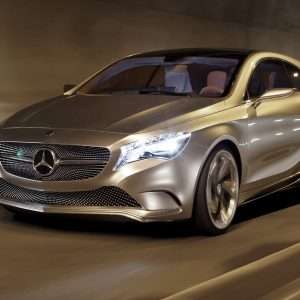What Powers a Formula E Car?
Formula E cars don’t have traditional combustion engines. They are powered entirely by electric motors and batteries. This makes them significantly different from Formula 1 cars. The technology is constantly evolving. It’s a very exciting area of motorsport.
The electric powertrain is the heart of the car; It converts electrical energy into mechanical energy. This drives the wheels and propels the car forward.
Did you know? Formula E cars can reach speeds of over 280 km/h (174 mph)! This is thanks to the powerful electric motors and advanced aerodynamics.
Key Components of the Electric Powertrain
Several key components make up the Formula E car’s powertrain. Let’s take a look at them:
- Battery: Stores the electrical energy.
- Inverter: Converts DC power from the battery to AC power for the motor.
- Motor: Converts electrical energy into mechanical energy.
- Gearbox: Transmits power from the motor to the wheels.
- Cooling System: Manages the temperature of the battery and motor.
Each component plays a crucial role in the car’s performance. The battery capacity is a critical factor. It determines the car’s range.
Regenerative Braking
One of the most interesting aspects of Formula E is regenerative braking. This system allows the car to recover energy during braking. It converts kinetic energy back into electrical energy. This energy is then stored in the battery.
This not only improves efficiency but also reduces the need for traditional friction brakes. It’s a clever way to maximize energy usage. The drivers need to master this technique.
Interesting Tip: Regenerative braking can recover up to 40% of the energy used during a race! This significantly extends the car’s range.
FAQ: Formula E Car Engines
Q: Are Formula E cars completely electric?
Yes, Formula E cars are 100% electric. They do not use any fossil fuels.
Q: How powerful are Formula E car motors?
Formula E cars have a maximum power output of 300 kW (approximately 402 horsepower) during qualifying. During the race, the power output is limited to 250 kW (approximately 335 horsepower).
Q: How long do Formula E car batteries last?
The batteries are designed to last the entire race distance. Battery technology is constantly improving. This allows for longer races and more power.
My Experience with Formula E Powertrains
I recently had the incredible opportunity to get up close and personal with a Formula E powertrain. It wasn’t a full test drive, unfortunately, but I was able to examine the components and speak with the engineers. I was blown away by the complexity and sophistication of the technology.
The battery pack was surprisingly compact, considering the amount of power it delivers. I learned that thermal management is a huge challenge. Keeping the batteries at the optimal temperature is crucial for performance and longevity. I saw the intricate cooling system firsthand; it’s a marvel of engineering.
The Sound of Silence (Almost)
One of the most striking things was the sound, or rather, the lack of it. Compared to the roar of a Formula 1 engine, the Formula E car is almost silent. You hear a high-pitched whine from the motor and the gearbox, but it’s nothing like the visceral experience of a combustion engine. I found it a bit strange at first, but I quickly grew to appreciate the unique soundscape.
Driving a Simulator: A Taste of Formula E
While I didn’t get to drive the real thing, I did spend some time in a Formula E simulator. It gave me a small taste of what it’s like to pilot one of these machines. The instant torque from the electric motor is incredible. The acceleration is brutal. I had to recalibrate my brain to the lack of engine noise.
Regenerative braking was a real game-changer. I found myself using the regen paddles constantly to slow down and recharge the battery. It’s a very different driving style compared to traditional racing. I spun out a few times while I was getting used to it, I must admit!
My Takeaway: Formula E is not just about being environmentally friendly. It’s about pushing the boundaries of electric vehicle technology. It’s about creating a new kind of racing experience. I’m excited to see where it goes in the future.
Future Developments I’m Watching
I’m particularly interested in the development of solid-state batteries. These batteries promise higher energy density and faster charging times. This would significantly improve the performance and range of Formula E cars. I think that’s the next big leap.
- Improved battery technology
- Faster charging infrastructure
- More efficient motors
I also believe that artificial intelligence will play a bigger role in Formula E. AI could be used to optimize energy management and improve driving performance. I can imagine a future where AI-powered co-drivers assist the drivers in real-time. That would be fascinating to see.





